"There are three responses to a piece of design – yes, no, and WOW! Wow is the one to aim for." - Milton Glaser Some kids know what they want to become at a very early age. This was not the case for me. In fact, it was not until my senior year in high school (when I was forced to choose a career path) that I decided the creative route was for me.
During the process of choosing a college, I kept thinking to myself: "What do I love to do the most?" After some thought, I realized that I had chosen 2 different art classes that would consume my senior year (later becoming 3 after I dropped Chemistry). Thus, it was clear to see that I loved art and design. Beyond design, I had a love for business. Being the daughter of an entrepreneur, I loved watching my dad build and run his own business. I took great pride in his accomplishments and his ability to provide a service to others. So, even though I despised math I was able to put two and two together: Art + Business = Graphic Design After this mathematical revelation, I was off to Savannah College and Design (SCAD) with nothing but a portfolio and a dream. I decided to major in Graphic Design with a minor in Advertising. At the time, I did not realize how much this decision would benefit me. But back to the question at hand: "Why graphic design?" Here's my answer (the extended version): 1. It blends all my passions. Graphic design mixed all the things I loved into one major. It was the answer to my career path mathematical dilemma. In general, graphic design has given me the freedom to be an artist, creative, brand builder, designer, consultant, marketer and businesswoman all at the same time. 2. It gives me flexibility. My options within the corporate world are boundless. My current position involves much more than just graphic design. I have been able to build upon those skills with experience and additional education in the areas of business and marketing. My work has become a lovely mix of art direction, production design/management, strategic planning, internal/external communications, event planning, etc. One day I could be printing booklets or flyers and the next day I could be designing decals for corporate cars or art directing a photo shoot. Though I am a very structured person in general, I love that there is some flexibility to my job. It makes me happy and keeps my creative juices flowing - which is important for every artist! 3. It allows me to be a "Branding Beast!" Not only am I able to build a brand for myself with the help of graphic design, I am able to help others build their own brands too. It is so exciting to know that my craft can be applied to ANY business. The possibilities are endless. I have worked on projects in various industries such as healthcare, education, nonprofit, magazine, fashion/apparel, real estate, entertainment, etc. Graphic design allows me to take a vision and turn it into a reality. From concept to completion, I am able to get the job done. So with that being said, if anyone does ever ask me "Why graphic design?" My short answer would have to be: "Why not?" Be sure to look out for more "Branding Beast" blogs (from a "well-tamed" branding beast: Jennifer T. Graham) with topics to help build your brand. Jennifer T. Graham, MBA | Creative Director | Branding Blog Post #013 “To make my meal in a box taste better, I decided to tweak the logo, rather than the ingredients. ” - Jarod Kintz Logo design is one of my absolute favorite aspects of corporate identity. Developing the face of a business is so exciting for me. It’s almost like revealing the face of a baby to its mother for the first time. The joy in the eyes of a business owner once they see their vision coming to life is amazing.
Since I spend a great deal of my time creating brands for people, I know for a fact that one of the most important components of brand identity is logo design. A logo embodies the essence of a company or individual. It is used on every piece of advertising or marketing material. It is the lasting image in the minds of consumers. Needless to say, it is kind of a big deal. The difference between good and great can be seen very clearly within the design of a logo. The following are five things that every logo needs to be considered great: 1. Distinction Good logos look nice, but great logos stand out. Your logo should differentiate your business from that of your competitors. It is critical to find something unique about you or your business that can be marketed and highlighted within your logo. 2. Relevance The design of your logo should be closely connected to your business and the product/services that you offer. It should attract your target audience and enable you to further market your business. If your consumers do not clearly recognize your company’s industry or understand what services are being offered, than you may miss out on some promising business opportunities. 3. Adaptability A great logo should be able to adjust to any medium. From pens to billboards, your logo should be easy to read and clearly understood. A logo that loses readability when the size is deceased will ultimately limit your usage. Variations in the logo’s color options may help to prevent limited usage and increase the levels of adaptability for your logo. 4. Simplicity Though it takes more time and effort, simple is often better when it comes to logo design. Condensing the entire essence of a business into one mark or symbol can lead to an overcrowded and cluttered logo if not executed correctly. It is important to combine the essence of the company with a style that complements the brand and creates a lasting image. 5. Longevity Standing the test of time is the ultimate goal of a great logo. Your logo should be designed with the future in mind. Leave room for company growth and expansion while still emphasizing your core services or products. Will your logo leave a lasting impression in the minds of your customers for all the right reasons or for all the wrong reasons? Does your logo have all the distinction, relevance, adaptability, and simplicity it needs to stand the test of time? If the answer is “yes”, you are headed down the road to success. If the answer is “no”, begin working towards redeveloping your logo and create “a brand that works as hard as you do!” If you are interested in a free Logo Analysis, please click here to submit your company/personal logo. Be sure to look out for more "Branding Beast" blogs (from a "well-tamed" branding beast: Jennifer T. Graham) with topics to help build your brand. Jennifer T. Graham, MBA | Creative Director | Branding Blog Post #011 "The aim of marketing is to know and understand the customer so well the product or service fits him and sells itself." - Peter Drucker Scaring people can be fun, but not when those people are your customers. Steer clear of these five things that could send your clients running into the arms of a competitor:
1. Lousy Brand Development If there is one thing that drives me crazy, it's bad branding. I cannot stress enough the importance of brand development. Take time to build a brand that works as hard as you do. An inappropriate name, logo, or marketing campaign could potentially stop consumers from even trying your product or service. 2. Rotten Content Much like fruit, content can go bad. Make sure the information that you supply your consumers is fresh and up-to-date. It should be relevant to their needs and add value to your brand. Establish your company as a reliable source by positioning yourself as an expert in your field. 3. A Shoddy Website Difficult website navigation can speak volumes about your company. A website that is not user-friendly shows that your primary focus is not on the customer's experience. If customers are not able to find needed information with ease, they will simply move on to your competitors' website and you will lose business. 4. Crummy Customer Service Inaccurately addressing the needs of your customers and dismissing serious concerns is a guaranteed recipe for disaster. It is extremely important to communicate gratitude to your customers. Demonstrating sincere appreciation for their business will allow you to establish brand loyalty and prevent negative Word-of-Mouth marketing. 5. Poor Call-To-Action Efforts A great ad or website is no good to you if there is no contact information or clear call-to-action for the consumer and a pop-up on your website is sure to get bypassed within seconds of appearing in most cases. It is vital that you make a problem or advantage clear to consumers. After a problem/advantage is clearly identified, the consumer is more likely to take action. Help your consumer to see the advantage of taking action. Sweeten the deal by adding an extra benefit or incentive. Using language like "subscribe", "buy", "call", "register", or "donate" will engage your audience as well. It may also help to create a sense of urgency by limiting an offer to a short amount of time. Be sure to look out for more "Branding Beast" blogs (from a "well-tamed" branding beast: Jennifer T. Graham) with topics to help build your brand. Jennifer T. Graham, MBA | Creative Director | Branding Blog Post #010 "Products are created in the factory. Brands are created in the mind." - Walter Landor, Founder of Landor Associates AVOID A BLAND BRAND Let’s face it; no one enjoys food that is boring and flavorless. The same goes for brands. Much like food, brand identity should connect to the basic needs of your customers. If you want to create a brand that leaves a great taste in the minds of your consumers, you must start with the right ingredients. Below are seven key steps to creating a brand identity that will keep your target audience coming back for more. 1. Use creativity to stay innovative and fresh. No one likes to eat food that has gone way past the expiration date. It is important to stay current and up-to-date. Find ways to enhance your product/service on a regular basis. These enhancements should directly benefit your consumers and help create a higher level of brand loyalty.
2. Research your target audience well. Understanding the needs and desires of your target audience is essential. When you thoroughly understand their "taste", you are better able to serve items that appeal to their "taste buds" - items that excite them and keep them interested in your brand. 3. Create a look and feel. Every business (even restaurants) should have basic, corporate items that help to establish a visual aid for consumers. Logos, corporate color(s), supporting graphics, and corporate guidelines all work together to create a memorable brand in the minds of consumers. Over time, these elements will allow you to develop immediate brand recognition with your target audience. 4. Develop a flexible plan. Restaurants spend a great deal of time establishing and modifying their menu, because they know that it could make or break their company. Same is true of a marketing plan for businesses. It must be designed with your consumer in mind. Your market research and deep understanding of your target audience will assist you in creating a plan that will lead to the success of your brand. It is important to leave room for flexibility in the event that you need to "modify your menu." 5. Manage messaging. Once your look and feel is established, it will be easier to manage your brand. Just like a restaurant educates servers and hostesses on various menu items, your company must educate employees on brand guidelines and expectations. Everyone involved with your brand should have a good understanding of your mission and core beliefs in hopes to minimize any possible branding blunders. The mission and core beliefs should be reflected in everything associated with your brand. If your messaging is consistent and mindful of your target audience, it will help to strengthen your brand. 6. Always deliver on your brand promise. In order to ensure brand loyalty, it is critical that you commit to your core mission and beliefs. If you promise quality, you must deliver quality. If you promise originality, you must deliver originality. No one wants to see a plate of fish and chips, when they ordered the steak and potatoes. Be a company of your word! 7. Present quality. In other words: Don't get sloppy! Make sure your brand looks good, sounds good, and tastes good in the minds of your consumer. Show them that you truly believe in your product/service and that you are willing to go to great lengths to deliver on your brand promise. Now that you have the recipe, it's time to get cooking! I look forward to seeing a world full of more tasty brands. Be sure to look out for more "Branding Beast" blogs (from a "well-tamed" branding beast: Jennifer T. Graham) with topics to help build your brand! Jennifer T. Graham, MBA | Creative Director | Branding Blog Post #009 "When you look at a strong brand, you see a promise." – Jim Mullen, Founder, Mullen Advertising “THINK FRESH. EAT FRESH”
Upon attending a seminar last week, I discovered that Subway surpassed McDonald’s in the race to become the top restaurant chain (way back) in 2010. Though I was shocked, I was very pleased to hear the news. Beyond giving me my first employment opportunity at the age of sixteen, Subway has given me several reasons to believe in their brand. I think Subway offers great benefits to consumers, employees, and franchise owners. Not only are the subs made fresh, Subway delivers on fresh business ideas that have helped them to dominate within their industry. According to CNNMoney, “Subway has 34,218 locations globally -- all of which are owned by franchisees. Subway now has more than 1,000 locations in Asia, and it just opened its first store in Vietnam. Other high-growth nations include Brazil, Mexico, India, China, Russia and France.” FLEXIBILITY Company spokeswoman, Les Winograd stated, "A lot of our growth has been in non-traditional spaces that our competitors might not touch. We have really unique ones, like on a riverboat in Germany, a church in Buffalo, car dealers, bowling alleys and casinos. We're not just in strip malls" (CNNMoney, 2011). I think Subway is a great example of a company that not only offers a great product, but also works to find the best ways to serve that product to consumers. They are not confined by traditional business locations, which allows them to reach more people and increase profits by accommodating the needs of the consumer. This is beneficial to consumers and very attractive to those seeking franchise opportunities. INNOVATION One thing I love: Subway is always changing and expanding its brand. From Five Dollar Footlongs to the new breakfast menu, Subway consistently finds new ways to stay connected to consumers. This should be the goal of every company regardless of your particular industry. Continuously research different techniques and strategies that will enable your brand to become stronger. This will allow you to not only outshine your competitors, but it helps you to build a brand that will stand the test of time. So, "think fresh" and look out for more "Branding Beast" blogs (from a "well-tamed" branding beast: Jennifer T. Graham) with topics to help build your brand! Jennifer T. Graham, MBA | Creative Director | Branding Blog Post #008 “Authentic brands don't emerge from marketing cubicles or advertising agencies. They emanate from everything the company does...” - Howard Schultz BLUNDER BUST
There are many things that can be done to help build your brand, however there are also several common mistakes that can be made that will ultimately demolish your brand. Avoid these five, common brand blunders that could potentially sabotage your brand. 1. Lack of Planning Great branding does not happen by chance. It takes time and effort. If you do not plan for success, you cannot expect it. Constructing a thorough marketing plan is essential when building a brand. It becomes much easier to prevent common branding errors when you create a comprehensible plan for your brand. 2. Lack of Brand Identity Brand identity is imperative when establishing your company. Your brand allows the public to clearly identify your company. There should be basic brand identity guidelines for your company that help to maintain a consistent message to your target audience. Mission statements, visions, logos, corporate colors, and brand values are all brand identity components that help to build a strong brand. 3. Lack of Consistency It is critical that your messaging remain clear and consistent. Sending mix messages to your consumers will prevent you from establishing trust and brand loyalty. After establishing your brand identity and developing a marketing plan, be sure to make marketing decisions in accordance with those guidelines. After all, what is the point of creating a plan if you don’t use it? Stick to the plan! 4. Lack of Commitment The reputation of your brand is very important and can be severely damaged if your company does not deliver on its commitment to consumers. The brand promise needs clearly communicated both externally and internally. Everyone within the company should be trained to deliver on the brand’s promise, which will allow the company to establish lasting relationships with consumers. 5. Lack of Innovation Be sure not to become the clone of another brand. Stir clear of mimicking the advertising efforts of other brands. Use your own creativity to create your own unique, marketing plan. It may be difficult at first, but it will pay off in the end. Look out for more "Branding Beast" blogs (from a "well-tamed" branding beast: Jennifer T. Graham) with topics to help build your brand! Jennifer T. Graham, MBA | Creative Director | Branding Blog Post #007 |
JENNIFER T. GRAHAM
This is a visual blog of all the things I love: design, food, travel, work, family & life. Enjoy!
Categories
All
Archives
August 2021
|

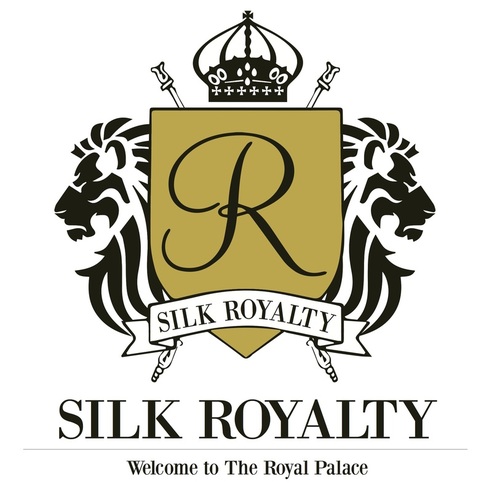

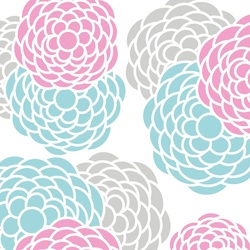
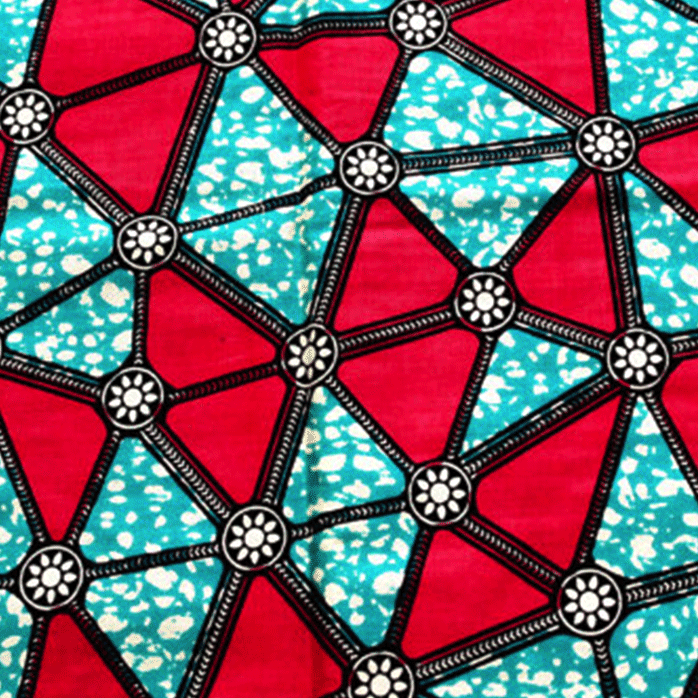


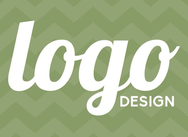


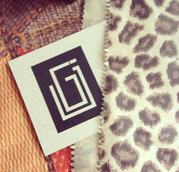
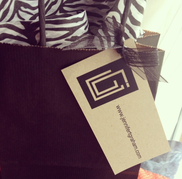


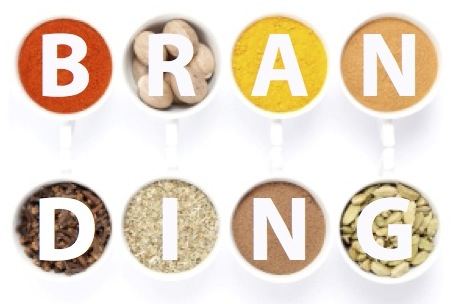







 RSS Feed
RSS Feed
